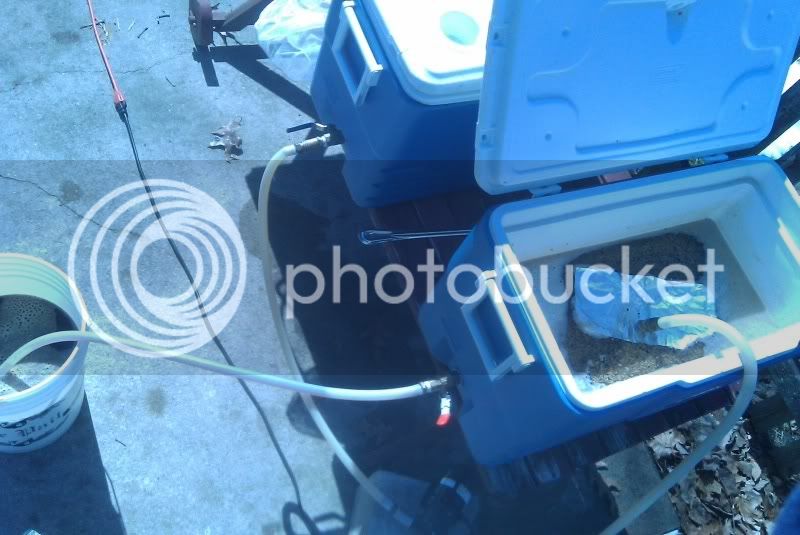SantaClaus
Well-Known Member
I'm new to AG brewing and thought I'd ask you all which you prefer.
From what I've read in books I got the impression fly sparging is the better (aka more advanced) technique, but from looking around here get the impression batch is just as good.
In the few batches I have done, I've fly sparged; percolating the water over the mash using a colander, making sure to develop a 2" cushion of water on top of the mash, and match flow rate of water in and wort out. I realize this isn't the best technique, but my setup is a work in progress.
My last batch was a couple hundreths off my target OG....
Is it worth it to develop a better fly system or scrap it all together and go to batch?
Thanks guys - I've caught the brewing bug and finding this site has been awesome.
From what I've read in books I got the impression fly sparging is the better (aka more advanced) technique, but from looking around here get the impression batch is just as good.
In the few batches I have done, I've fly sparged; percolating the water over the mash using a colander, making sure to develop a 2" cushion of water on top of the mash, and match flow rate of water in and wort out. I realize this isn't the best technique, but my setup is a work in progress.
My last batch was a couple hundreths off my target OG....
Is it worth it to develop a better fly system or scrap it all together and go to batch?
Thanks guys - I've caught the brewing bug and finding this site has been awesome.


 . It sounds like your doing alright with conversion (though everyone has some room for improvement).
. It sounds like your doing alright with conversion (though everyone has some room for improvement).


